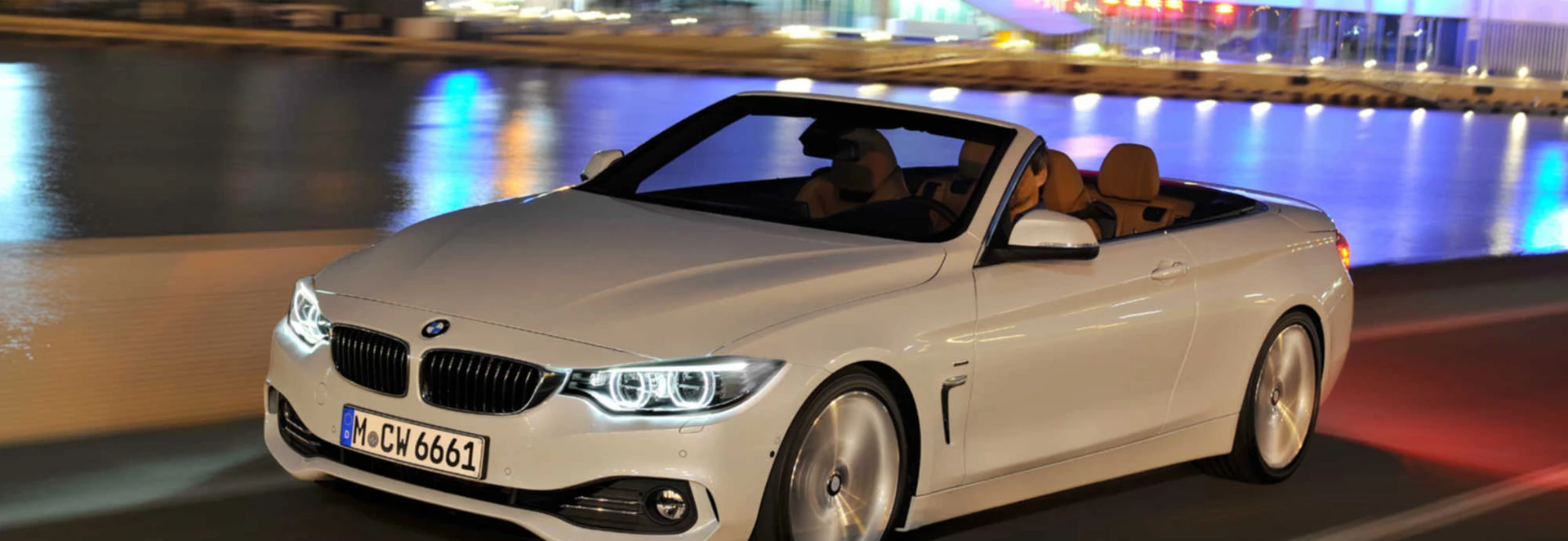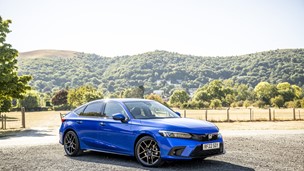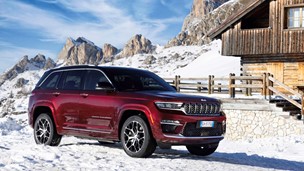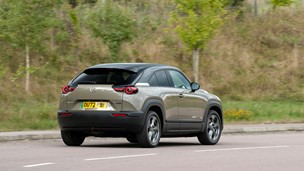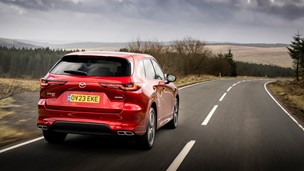The BMW 4 Series convertible, following from the impressive coupe offering launched last year, is the German brand’s latest example of its product naming overhaul. That means the 3 Series coupe and convertible are no more, and in their place comes this stretched 4 Series.
Following a familiar mantra in newly launched cars these days, it is lower, wider and longer than its 3 Series predecessor, which is intended to give it a more sporting, athletic look. This distinguishes it further from the outgoing model and the ongoing and popular 3 Series saloon car.
That means the overall length of 4,638mm is 26mm longer, the wheelbase has grown by 50mm and there’s also a wider front track, all elongating the car’s lines.
It’s near identical to its coupe sibling, however, and comes with a retractable hard top rather than a fabric-roof option, which can be raised or lowered in 20 seconds in speeds of up to 8mph.
BMW claims to have reduced wind and road noise while you’re enjoying the open-air open road with a number of improvements including a redesigned wind deflector.
Performance
BMW has kept engine choices simple here, with two petrol powerplants and one diesel unit, all of which use BMW’s recognisable set-up of rear-wheel-drive and offer six-speed manual or eight-speed auto transmissions.
Heading up the range is the 435i with its straight-six 3.0-litre petrol engine banging out 306bhp with torque of 400Nm. All that means it sprints from 0-62mph in an exhilarating 5.6 seconds with a top electronically limited speed of 155mph.
Next, is the middling 428i which uses a 2.0-litre turbocharged engine with 245bhp and peak torque of 350Nm, equalling a 0-62mph dash in 6.4 seconds with the same limited maximum speed of 155mph.
And finally, there’s the most popular, the 420d, using a four-cylinder turbodiesel with 184bhp and torque of 380Nm, which hits 62mph in 8.2 seconds with a top pace of 146mph.
We took the thrill-seeking 435i out on the road, to judge whether it wins top prize in the segment against rivals such as the ageing Audi A5 Cabriolet.
And there’s no doubt, this is a fast car. That six-cylinder engine creates a brilliantly sonorous noise that adds to the joyous feeling behind the wheel of this able-powered convertible, which accelerates and overtakes without hesitation, aided by a decent six-speed manual gearbox.
The only negative worth mentioning is the sense of weight. Yes, it is 20kg lighter than the outgoing car, but it still weights a hefty 1800kg, thanks to all the roof mechanisms. As a result, it certainly feels brisk but you might expect it to feel somewhat swifter than it actually does.
Ride and Handling
While the ride is resolved, it’s not offensively so, despite some shudders over bumps.
The 435i corners flawlessly, taking the twisty mountainous roads of Spain like a dream. You’re aware of the aforementioned weight, but give it a chance, and the grip when cornering is smile-inducing, while spot-on steering around those bends only helps the driving experience. The rest of the time, feedback is a little vague but doesn’t remove the enjoyment that this car provides. BMWs almost always err on the firm side and this is no exception. The different drive modes of Eco Pro, Comfort, Sport, Sport+ adjust the suspension slightly, but all-in-all, while the ride is resolved, it’s not offensively so, despite some shudders over bumps. Refinement with the roof down is pretty good too, no doubt helped by the removable wind deflector. There are also some thoughtful heating vents in the seats, which blow into your neck to warm you up on a typically cold English day. The benefit of having a hard-top is noticeable with the roof up; wind noise, more or less, matches that of a standard 4 Series Coupe, which would be nowhere near as achievable with a soft-top cabriolet.
Interior and Equipment
The BMW 4 Series Convertible was first revealed to the public at the LA Motor Show back in November 2013.
If you’re familiar with BMWs, then the interior is what you’ve come to expect. You’ll find excellent quality finishes and fabrics, easy-to-use controls and a sense of being cocooned within the cabin, at least for the front occupants anyway. And the brand’s excellent iDrive infotainment system comes as standard, which is a bonus. The biggest gripe about this car is the boot. Admittedly, it’s a common complaint in convertibles, but this system seems particularly onerous. Luggage space is 370 litres, an increase of 20 litres over the old 3 Series Convertible, but this shrinks to 220 litres with the roof down. And trying to access that space with the top lowered is a major feat, at least at first glance. There are an awful lot of mechanisms on show from that roof, which make it look messy and a likely place for losing things like coins and keys. Holding down a button on the lid moves the folded-down roof enough to then access a parcel shelf of sorts, which has to be manually lifted to finally put your bags in. And even a weekly food shop would struggle to fit here. There are five trims on offer; SE, Sport, Modern, Luxury and M Sport, with loads more standard spec than the model it replaces, reckons BMW. And, indeed, it sounds like a good deal, with less overpriced cheeky extras than you might expect from the carmaker. All models get front and rear parking sensors, heated electric front seats, DAB radio, leather seats, cruise control, Bluetooth, 6.5-inch colour touchscreen and two-zone air con. So, what do the different trims offer then? Well, it’s mostly aesthetic tweaks, so, for example, the Sport model has gloss black finishes in the front and rear bumpers and grille and black and red touches inside, including red contrast stitching on the steering wheel. The top-spec M Sport model gets an aerodynamic package, lots of ‘M’ touches and, best of all, the M sport suspension, consisting of a firmer damper set-up, stiffer anti-roll bars and tweaked suspension settings, although you can add it as an option on cheaper models too.
Cost
The most accessible option is the 420d, which starts from £37,380 and is also the most economical, offering fuel consumption of 55.4mpg and CO2 emissions of 133g/km.
Benefitting the 4 Series Convertible in terms of efficiency and running costs is the aerodynamic advantage gained from use of a metal-folding roof rather than a fabric design. The most accessible option is the 420d, which starts from £37,380 and is also the most economical, offering fuel consumption of 55.4mpg and CO2 emissions of 133g/km. The 435i, from £45,680, manages an official 37.7mpg and 176g/km CO2, while the 428i, from £37,720, achieves 42.8mpg and 154g/km CO2.
Our Verdict
This 3 Series Convertible replacement is a step up from its predecessor, offering a comfortable, stylish and accomplished cruiser that suits everyday use as well as longer leisure jaunts. Weight, occasionally imprecise steering and that tricky boot let it down, but overall, it remains one of the most likely buys in the segment. The tried-and-tested 435i is the most fun, but considering the £45k price tag, we reckon the cheaper 428i or 420d will do best at keeping most owners happy.
